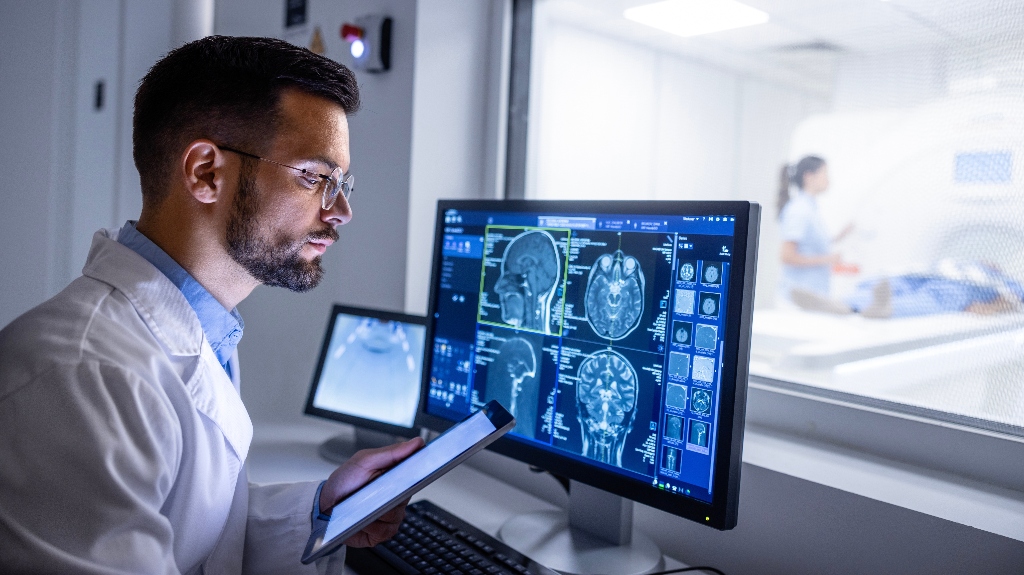
A radiologist is a doctor who interprets images (like X-Rays and CAT Scans) and relays findings to the patient’s attending doctor. Most of the time, the radiologist who reads your images is not in the same building (or even the same state) as you are when the images are taken. But a recent study published in a major medical journal found that medical malpractice claims stemming from “teleradiology” involved greater clinical severity and resulted in higher median insurance payments than radiology claims generally.
This was certainly the case for one poor victim of radiology medical malpractice. Billy O. had chronic lower back pain and his family doctor ordered an x-ray of his spine, which was reported as “normal.” The doctor prescribed muscle relaxants and anti-inflammatory medication.
A month or so later, Billy’s back pain became extreme while playing golf with friends, and he lost consciousness while driving home. He was taken to the ER. Billy’s mother believed something went wrong that should have been detected on the back x-ray. She got the image from the hospital and brought it to a meeting with her medical malpractice lawyer, who later had it reviewed by an expert. They discovered the imaging was actually a CAT scan of Billy’s entire abdomen and clearly showed a large aortic aneurysm which had ruptured, requiring emergency surgery. After surgery, blood clots developed, resulting in loss of one of Billy’s kidneys and a leg amputation.
The radiologist missed the aneurysm on the initial CAT scan because he was focused only on the spine anatomy. An expert testified that with earlier detection, the aneurysm could have been repaired electively, potentially avoiding the complications. The defendants settled for several million dollars.
There is no question radiologists have a difficult job. But negligence is relative. If you are educated, trained, and advertised as a qualified and skilled medical provider, then your job is to perform as a skilled and prudent medical provider. Reasonably prudent radiologists do not miss large aneurysms on CT. And just because they were looking for one thing does not mean they are excused for missing another.
Billy’s outcome highlights the need for thorough review by a careful and experienced medical malpractice attorney with great experts at his disposal.

